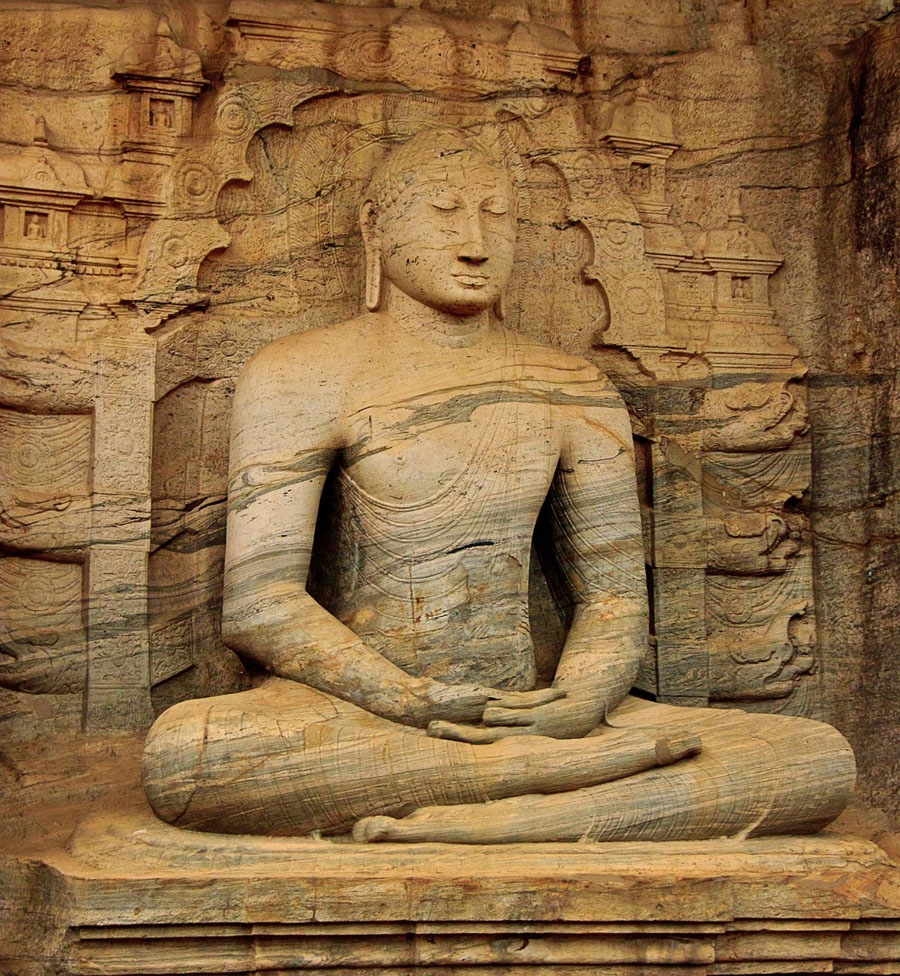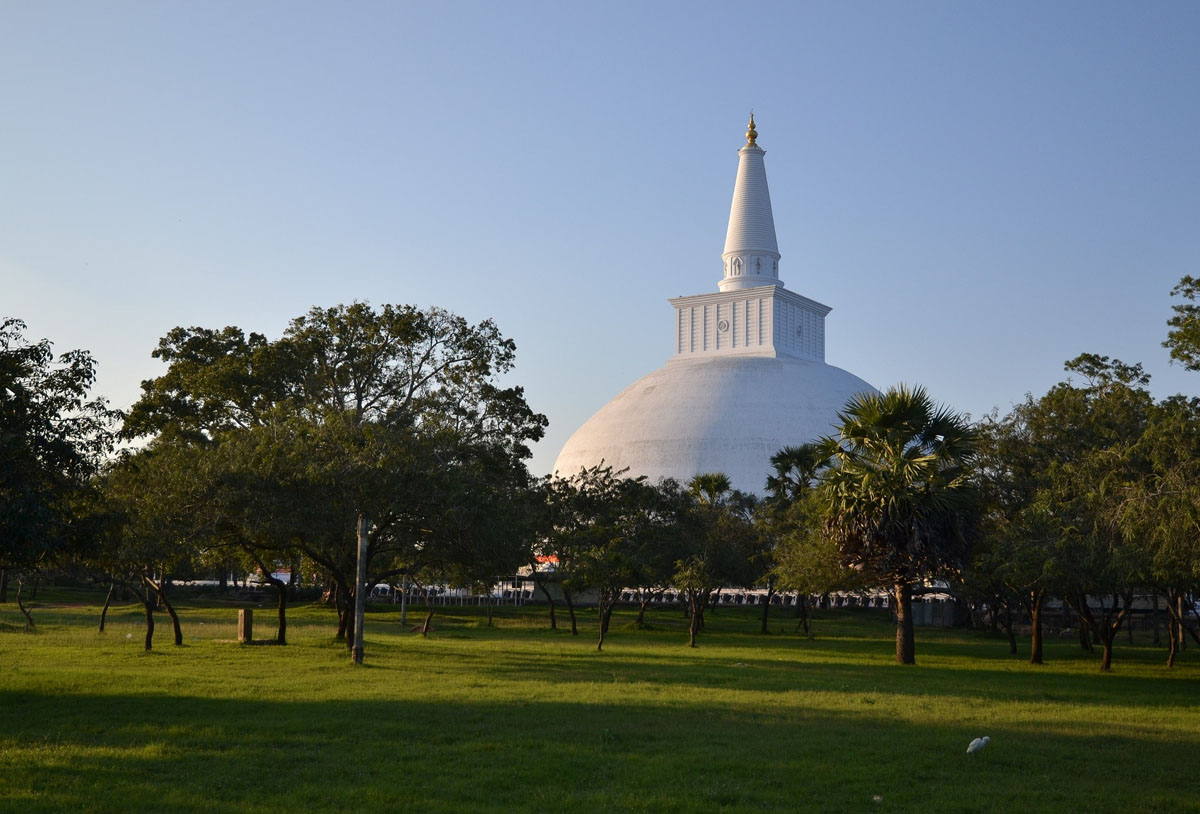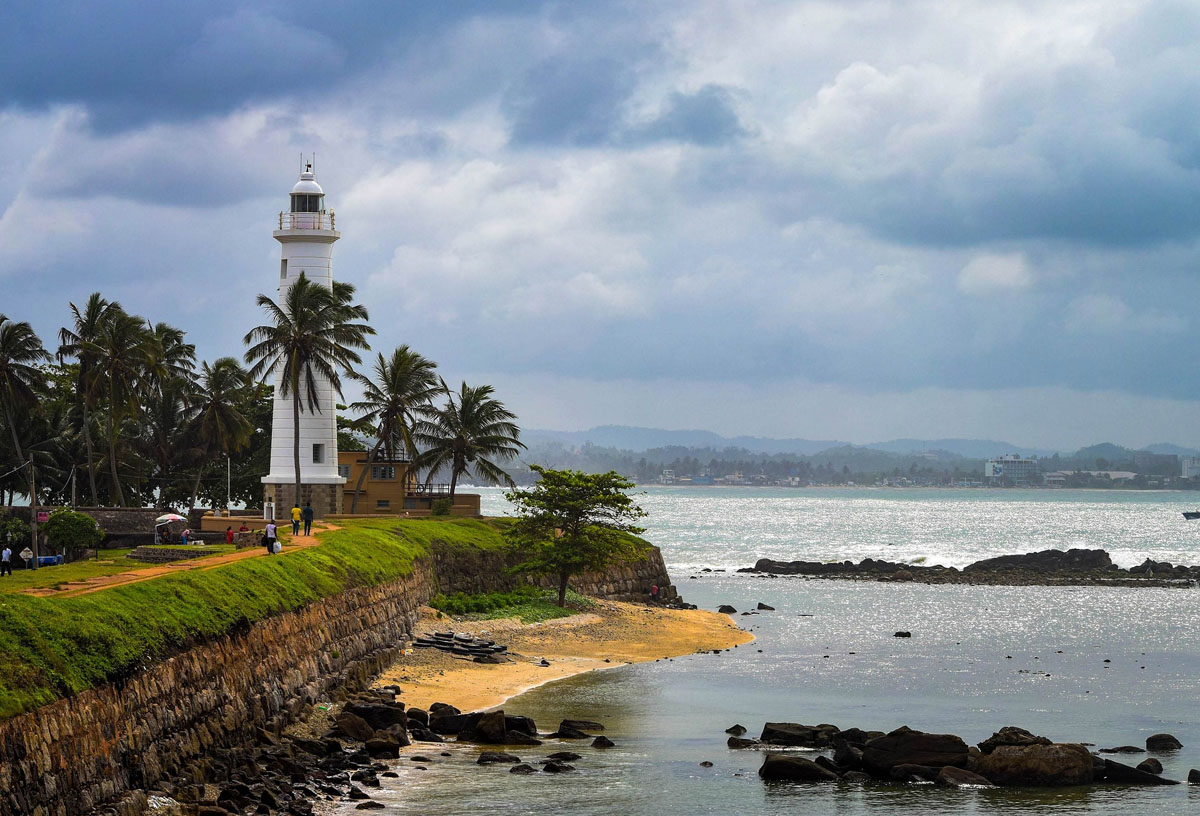Ancient Sri Lanka (Prehistoric Period to 3rd Century BCE)
The historical origins of Sri Lanka can be traced back to the prehistoric era, with archaeological evidence indicating human habitation as early as 125,000 years ago. The island was inhabited by diverse ethnic groups, and by approximately 1000 BCE, the Sinhalese people, an Indo-Aryan ethnic group, established several kingdoms on the island. These early Sinhalese civilizations embraced Buddhism and developed sophisticated irrigation systems, which greatly facilitated agricultural prosperity.
In the 3rd century BCE, Sri Lanka received a visit from the Indian Emperor Ashoka, whose role in the propagation of Buddhism across the island was of great significance. The Sinhalese historical chronicle, known as the Mahavamsa, meticulously documents these early events and offers invaluable insights into the ancient history of the island.
Medieval Period (4th Century CE to 15th Century CE)
During the medieval period, Sri Lanka witnessed the rise and fall of various kingdoms, including the Anuradhapura and Polonnaruwa kingdoms. These kingdoms served as centers of Buddhist culture and intellectual pursuits, boasting impressive monasteries, stupas, and irrigation systems. However, the island also faced invasions, most notably by South Indian dynasties.
In the 10th century, the Chola dynasty of South India established dominion over Sri Lanka, resulting in a period of political instability. The Sinhalese kings, with the assistance of regional rulers, eventually reclaimed control, thereby bringing an end to Chola influence.
Portuguese, Dutch, and British Colonial Period (16th Century CE to 20th Century CE)
During the 16th century, various European powers embarked on expeditions to Sri Lanka, commencing with the Portuguese. Subsequently, the Dutch assumed control over coastal regions during the 17th century. Towards the end of the 18th century, the British East India Company supplanted the Dutch, thereby establishing Sri Lanka as a British colony.
Under British dominion, Sri Lanka experienced substantial economic transformations, notably the introduction of lucrative cash crops such as tea, coffee, and rubber. This engendered a profound metamorphosis in the island’s social fabric, accompanied by the development of modern infrastructure, including railways and roads. Nevertheless, British colonialism also engendered economic exploitation and political discontent among the indigenous populace.
Independence and Post-Independence Era (20th Century CE to Present)
The period of independence and the post-independence era in Sri Lanka, spanning from the 20th century CE to the present, holds significant historical importance. Sri Lanka successfully achieved independence from British rule in 1948 and subsequently became a dominion within the British Commonwealth. In 1972, the nation underwent a constitutional transformation and altered its name from Ceylon to Sri Lanka, establishing itself as a republic. The initial years following independence were characterized by dedicated endeavors to fortify the economy, enhance educational standards, and address prevailing social disparities.
Nevertheless, the passage of time witnessed a surge in ethnic tensions between the Sinhalese majority and the Tamil minority. The Tamil community, harboring historical grievances, sought autonomy, thereby giving rise to Tamil militancy. This conflict between the Sri Lankan government forces and Tamil separatists, most notably the Liberation Tigers of Tamil Eelam (LTTE), endured for several decades, resulting in substantial loss of life and extensive destruction.
In 2009, the Sri Lankan government declared a decisive victory over the LTTE, effectively bringing an end to the civil war. Subsequently, the nation has directed its efforts towards post-war reconstruction, economic advancement, and reconciliation initiatives. However, Sri Lanka continues to grapple with challenges pertaining to human rights, political stability, and economic growth.
Cultural and Religious Heritage
Over the course of its history, Sri Lanka has served as a convergence point for various cultures and religions. Buddhism, which was introduced in the 3rd century BCE, has exerted a profound influence on the island’s culture and society. Additionally, Hinduism, Islam, and Christianity are observed by substantial portions of the population. The cultural legacy of Sri Lanka is evident in its ancient temples, religious festivities, traditional artistic expressions, as well as its dance and musical traditions.

Cultural and Religious Heritage
The cultural and religious heritage of Sri Lanka has been shaped by a rich history of diverse influences. Throughout the centuries, the island has been a meeting point for different cultures and religions, resulting in a unique blend of traditions. Buddhism, introduced to Sri Lanka in the 3rd century BCE, has had a significant impact on the country’s culture and society. Moreover, substantial portions of the population also practice Hinduism, Islam, and Christianity.
The cultural legacy of Sri Lanka is prominently displayed through its ancient temples, religious celebrations, traditional artistic expressions, as well as its dance and musical traditions. These elements serve as a testament to the deep-rooted heritage that has been passed down through generations.
The Enduring Influence of Buddhism
Buddhism continues to hold a significant place within Sri Lankan society and culture. The island is home to a multitude of ancient Buddhist sites, among them the revered city of Anuradhapura. Within this sacred city lies the Sri Maha Bodhi, a sacred fig tree believed to be a direct descendant of the tree under which the Buddha achieved enlightenment. Additionally, the ancient city of Polonnaruwa showcases remarkable Buddha statues and the remnants of monastic complexes. Notably, the Temple of the Tooth Relic in Kandy houses Sri Lanka’s most venerated Buddhist relic – a tooth belonging to Lord Buddha.

The Influence of Colonialism
The periods of Portuguese, Dutch, and British colonial rule have left an indelible mark on Sri Lanka’s culture and society. The enduring presence of European architecture, exemplified by the Galle Fort constructed by the Dutch, serves as a testament to this rich heritage. Furthermore, the British introduced English education and parliamentary democracy, significantly shaping the political landscape of the country.

Challenges in the Post-Independence Era
The attainment of independence brought forth a range of opportunities and challenges for Sri Lanka. The nation grappled with economic issues, including widespread poverty and unemployment, which in turn led to unrest among the youth and political tensions. Efforts to address these problems occasionally resulted in social and political upheaval, notably exemplified by the 1971 JVP Insurrection and the 1987-1989 Insurrection.
Ethno-Religious Tensions
The issue of ethnic and religious tensions, particularly between the Sinhalese majority and Tamil minority, has been a persistent and challenging problem. The conclusion of the civil war in 2009 resulted in significant loss of life and displacement of communities. The promotion of reconciliation and the cultivation of a sense of national unity among diverse ethnic and religious groups remain crucial objectives for Sri Lanka.
Economic Growth and Challenges
Following the civil war, Sri Lanka’s economy witnessed growth in sectors such as tourism, garments, and information technology. However, the country has faced notable economic challenges, including high levels of public debt and trade deficits. The development of infrastructure, attraction of foreign investment, and implementation of sustainable economic policies are ongoing endeavors that must be pursued.
Environmental Conservation
The rich biodiversity and natural splendor of Sri Lanka are under threat due to deforestation, pollution, and the impacts of climate change. It is imperative to undertake conservation efforts, including the establishment of national parks and wildlife sanctuaries, in order to preserve the island’s unique flora and fauna. This includes protecting endangered species such as the Sri Lankan elephant and the elusive Sri Lankan leopard.




